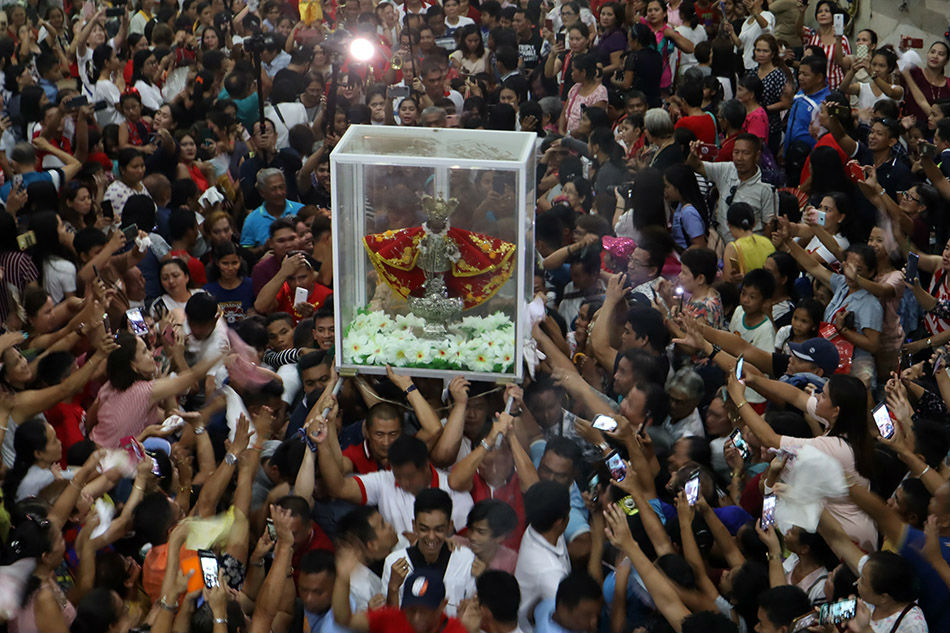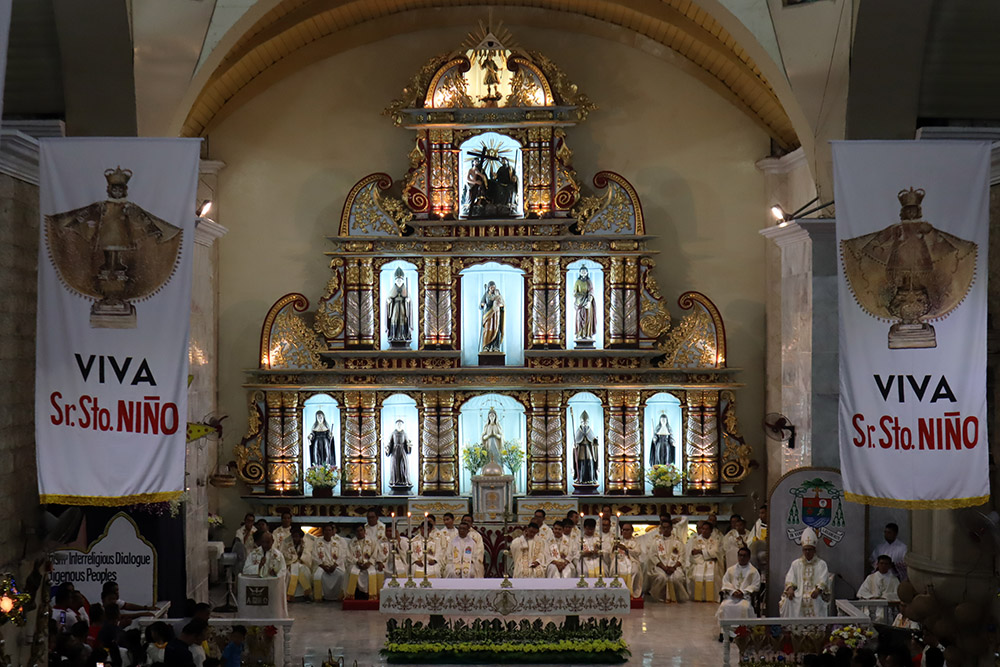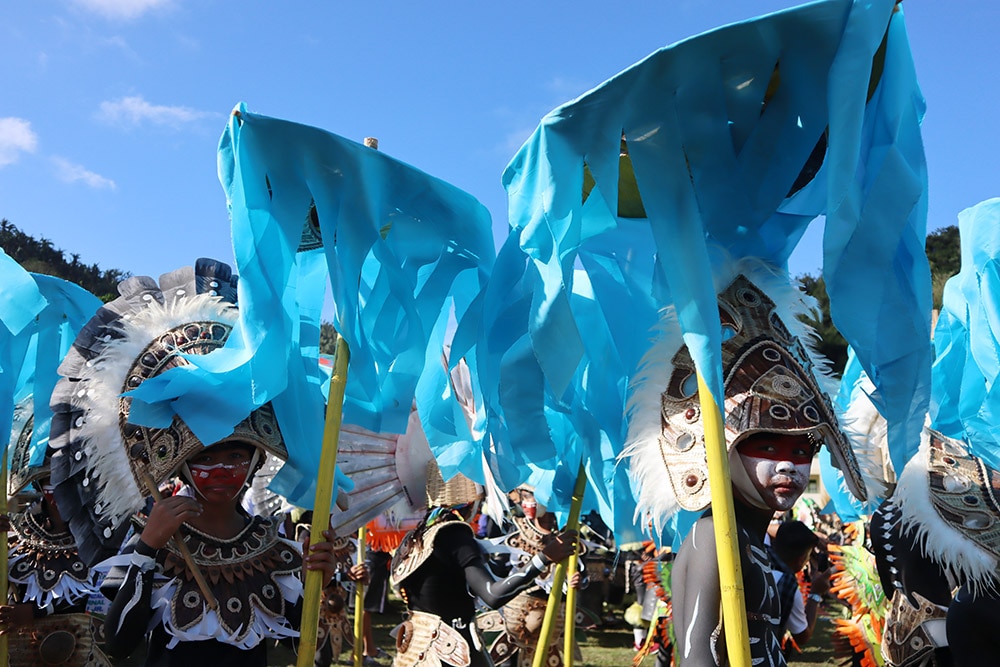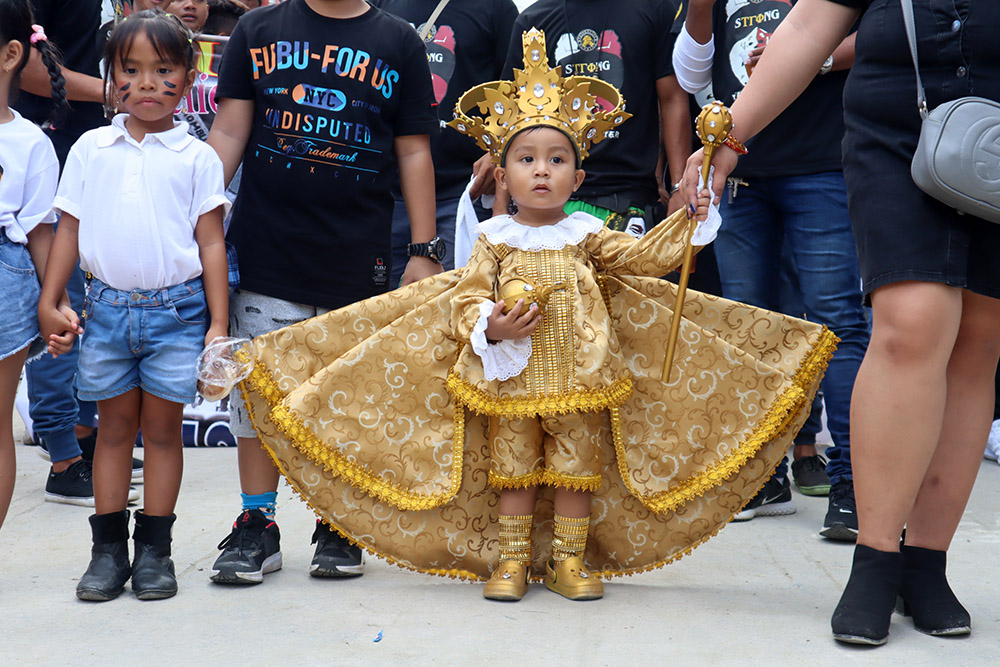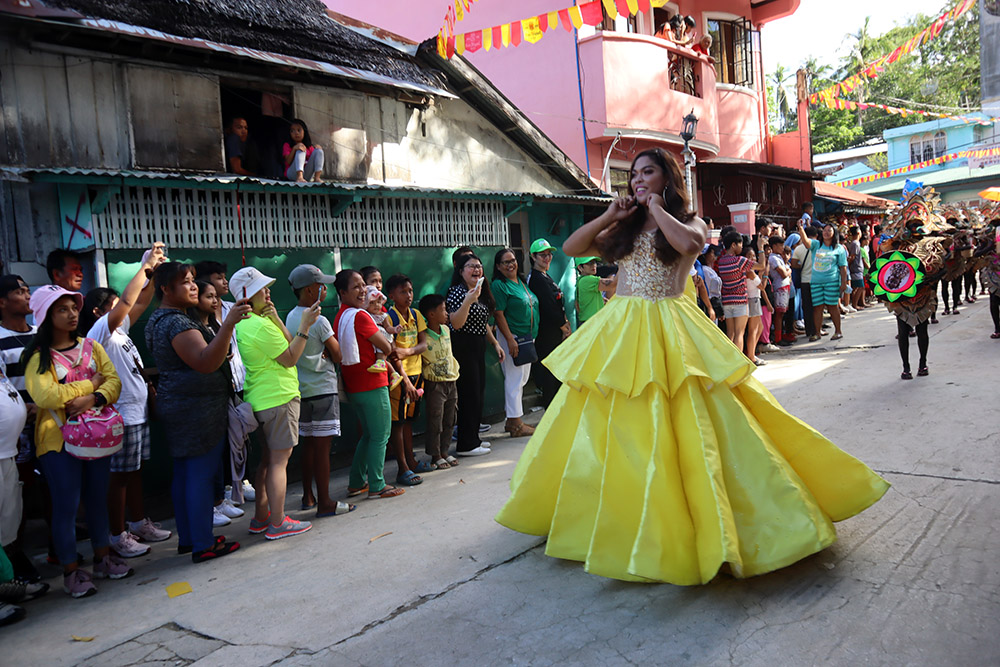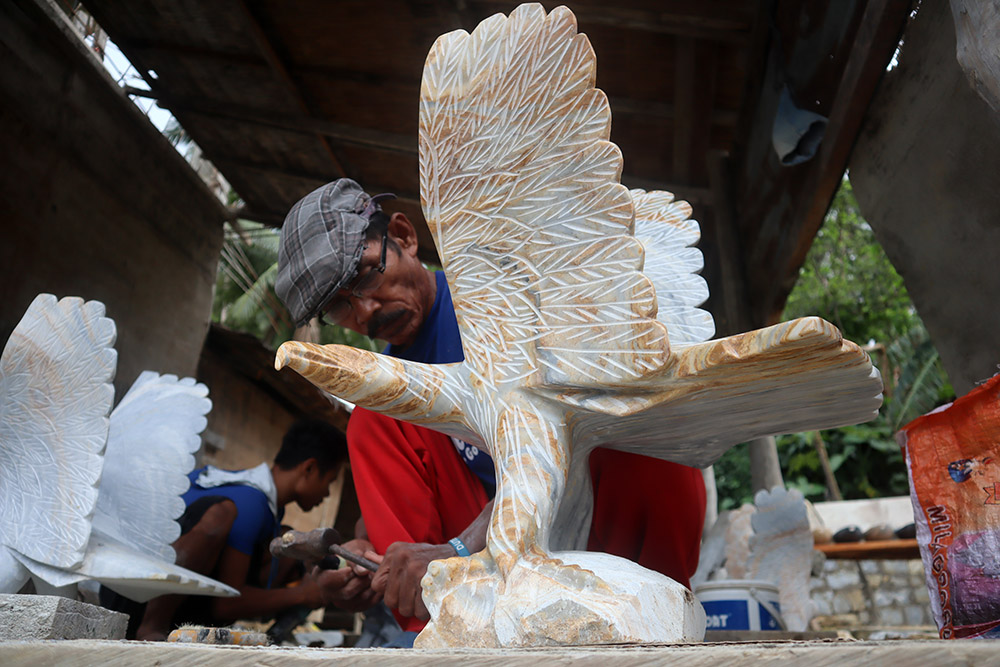IN PHOTOS: Scenes from Romblon's Biniray Festival 2020 | ABS-CBN
ADVERTISEMENT

Welcome, Kapamilya! We use cookies to improve your browsing experience. Continuing to use this site means you agree to our use of cookies. Tell me more!
IN PHOTOS: Scenes from Romblon's Biniray Festival 2020
IN PHOTOS: Scenes from Romblon's Biniray Festival 2020
Kara Santos
Published Jan 19, 2020 09:17 AM PHT
ROMBLON -- The normally quiet and serene port town of Romblon was festive as townsfolk and tourists filled the streets to take part the annual Biniray Festival.
ROMBLON -- The normally quiet and serene port town of Romblon was festive as townsfolk and tourists filled the streets to take part the annual Biniray Festival.
Celebrated on the second week of January, the Biniray Festival pays homage to Señor Santo Niño de Romblon. The centuries-old image of the Child Jesus is housed in the 400-year old St. Joseph's Cathedral, the oldest Roman Catholic church in the province.
Celebrated on the second week of January, the Biniray Festival pays homage to Señor Santo Niño de Romblon. The centuries-old image of the Child Jesus is housed in the 400-year old St. Joseph's Cathedral, the oldest Roman Catholic church in the province.
Similar to the Sinulog Festival of Cebu but smaller in scale, Romblon's Biniray Festival is the traditional way for Romblonanon's to express their faith. The festival kicked off with the "Tonton," a traditional practice in which the Sto. Niño is taken down from his altar and paraded on the streets before being brought back to the church by the crowd as they chant "Viva Señor Sto.Niño! Viva!"
Similar to the Sinulog Festival of Cebu but smaller in scale, Romblon's Biniray Festival is the traditional way for Romblonanon's to express their faith. The festival kicked off with the "Tonton," a traditional practice in which the Sto. Niño is taken down from his altar and paraded on the streets before being brought back to the church by the crowd as they chant "Viva Señor Sto.Niño! Viva!"
The image of the Sto. Niño joined a fluvial parade of decorated boats, circling Romblon Bay seven times, symbolic of the futile Spanish attempt to leave with the statue on board.
The image of the Sto. Niño joined a fluvial parade of decorated boats, circling Romblon Bay seven times, symbolic of the futile Spanish attempt to leave with the statue on board.
ADVERTISEMENT
Festivities continued with street dancing and traditional music, a cacophony of gongs and drums, “kayutang” or bamboo tubes and sticks.
Festivities continued with street dancing and traditional music, a cacophony of gongs and drums, “kayutang” or bamboo tubes and sticks.
Locals adorned themselves with an assortment of vines and flowers, while street dancers paraded down the streets with their bodies painted black, garbed in native costumes and carrying bows and arrows. The costumes depict the “Ati,” Romblon's original inhabitants prior to the arrival of the Spanish in 1569.
Locals adorned themselves with an assortment of vines and flowers, while street dancers paraded down the streets with their bodies painted black, garbed in native costumes and carrying bows and arrows. The costumes depict the “Ati,” Romblon's original inhabitants prior to the arrival of the Spanish in 1569.
The Biniray Festival was also a chance to showcase the work of local artisans in marble carving, sculpture and jewelry design competitions. Romblon is known as the "Marble Capital of the Philippines" and is a top producer of quality marble that rivals the best in the world.
The Biniray Festival was also a chance to showcase the work of local artisans in marble carving, sculpture and jewelry design competitions. Romblon is known as the "Marble Capital of the Philippines" and is a top producer of quality marble that rivals the best in the world.
For a detailed travel guide to Romblon Island, visit the author's blog.
For a detailed travel guide to Romblon Island, visit the author's blog.
ADVERTISEMENT
ADVERTISEMENT



